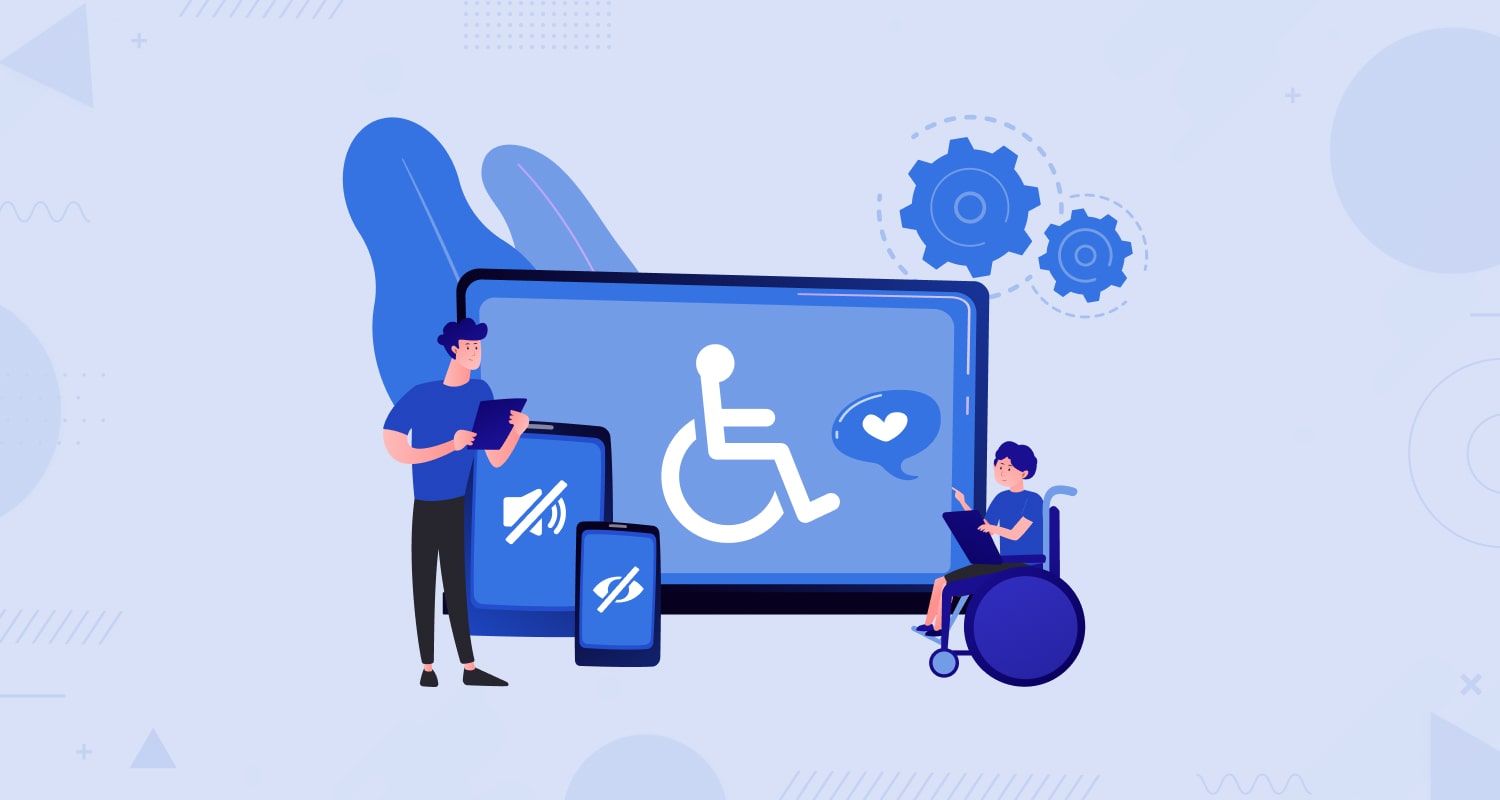With increasing in overall digital infrastructure globally, web users have much higher benchmarking in terms of the website loading time. Page loading time is an important part of any website’s user experience. According to surveys done by Akamai, nearly half of web users tend to abandon a site that isn’t loaded within 3 seconds. 79% of users having trouble with website performance won’t return to the website. This means you’re losing conversions from visitors on your site. And the end results – lots of potential sales down the drain because of the difference of few seconds in loading time. There are some popular tools such as GTMetrix, WebPageTest, and Pingdom providing valuable insights into how fast your site loads and what you can do to make it better.
GTMetrix a widely used tool to optimize your website and provides detailed reports about your Website’s performance. It analyses page performance based on Google Page Speed and Yslow score. It calculates the average score for both standards and assigns you an alphabetical ranking (A, B, C…) appropriately. It provides you insight on how well your website loads and gives actionable recommendations on how to optimize it. By using this you can get Page Performance Tracking, Real-World Mobile Performance Data Analysis, Multi-region testing, Data Archiving, Authentication and Security features. In this blog, we are explaining how to improve your GTmetrix score to optimize your website.
Optimizing Images
High-resolution images can consume lots of bandwidths while loading. Large image size is among most common reason which increases the page load time for the website. There are things you can do to load website faster by compressing the images on your website without losing image quality. This result in a smaller file size of your images which eventually may lead to faster page load for your website. While images will still take up the majority of your HTTP requests, optimizing them and your other assets will ultimately keep the sizes of them down and increase your website’s overall performance.
Optimize Your CSS
The popularity of CSS and JavaScript has definitely added to a richer web experience without taking too much of a performance hit. It is recommended to use only one CSS and avoid any extra CSS files. You can also improve your performance by dividing your CSS into two sections: a small inline division that styles above-the-fold components, and an outer part that can be deferred. Using fewer declarations and operators you can easily cut the size of code & get faster load times.
Minification
An important part of website speed optimization is reducing the number of client-server requests for displaying website content. This can be achieved by optimizing and minifying lines of code as much as possible. According to Google, all JavaScript exceeding 4096 bytes can be minimized without causing any issues at the user’s end. In addition to this, simply deleting extra spaces and while managing the readability of the code keeps your code lean and mean.
Leverage Browser Caching
Browser caching allows resources on your site to be downloaded to your hard drive once into a cache, or temporary storage space. Once the page has been loaded, the files on the page are stored in a cache or temporary storage. This means if a visitor enters the site next time browser can load the page without having to send another HTTP request to the server, which allows subsequent page loads to increase in speed. As per the research 40-60% of daily visitors to your site come in with an empty cache. You can set the cache lifetime to a minimum of one week, and preferably up to one year in the future. It is important to enable browser caching in order to enhance your web performance.
Minimize HTTP Requests
HTTP (Hypertext Transfer Protocol) requests are included whenever a browser fetches a Page, file or image from a web server when user’s visit your website. According to a recent research, these requests tend to take up about 80% of a Webpage’s load time. Browser additionally limits requests between 4 to 6 synchronous connections per domain which mean loading 30+ assets at once is not an option. This implies that with more HTTP requests you have to load; it takes more time for the page to go and retrieve them all, thereby increasing your web page’s load time.
Enabling Compression
Compression is a fundamental approach to saving bandwidth and speed up your site. Some of the web pages are larger than 100kb or more and this result in slower loading times. An ideal approach to speed their load time is to use compression methods and “zipping” them. Most web servers can compress document in Gzip format before sending them for download, either by calling a third-party module or using built-in routines. This can reduce download time by about 70%.
Utilize CDN
Content Delivery Network (CDN) is distributed system of servers used in multiple data centers across the internet. It serves content to end user with high availability which helps in upgrading the page-load time and furthermore reduce the download time of the content by conveying it closer to the users. Decreasing your page load time, it is one of the most effective ways to enhance your speed. Hosting your media files on a content delivery network is one of the most ideal approaches to speed up your website, and can often save up to 60% bandwidth and halve the number of requests your website makes.
Monitor Your Web Performance
It is important that you monitor your website’s performance. In addition, when you update any code or content on your site you can run some quick test to see the results. It is additionally important to set a benchmark when you consider enhancing your website’s execution. If you don’t have a baseline, you won’t know how far you need to enhance your website.
Every business needs their website to deliver a great user-experience, regardless of their industry or niche. A website that delights new or returning customers is probably to perform better than one that does not. As your users’ behavior on the web continues to evolve, you can’t afford to overlook the significance of website load speed. A slow loading website can cause users to lose interest in your business, return to the search results, and then click-through to your competitor’s website.








